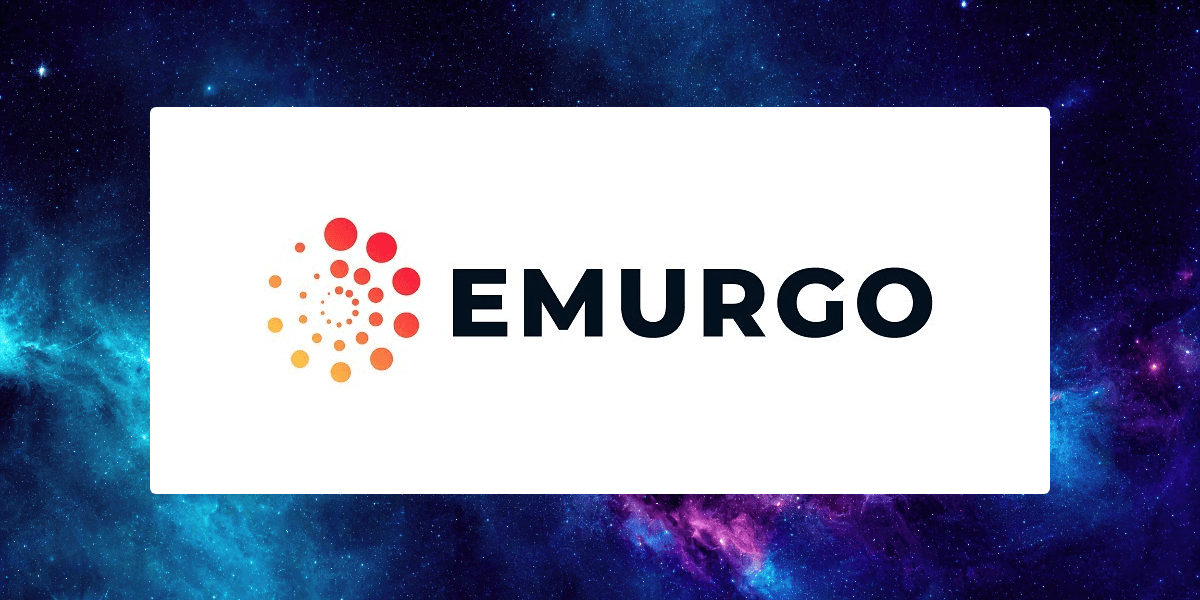-
Deflationary Currency
A deflationary currency is a type of currency where its total supply decreases over time, either due to a reduction in the issuance rate or the active removal of tokens from circulation (via mechanisms like burning). This decrease in supply can make the currency more scarce, potentially increasing its value over time as demand remains…
-
Layer-2 Scaling Solution
A Layer-2 scaling solution on Cardano refers to an additional protocol or network that is built on top of Cardano’s main blockchain (Layer-1) to enhance its transaction throughput, reduce fees, and improve efficiency without altering the underlying blockchain’s security or decentralization. These Layer-2 solutions are designed to handle more transactions and computational tasks off the…
-
Zero Knowledge (ZK) Rollups
Zero Knowledge (ZK) Rollups are a type of Layer 2 scaling solution designed to improve the transaction throughput of a blockchain while maintaining security and decentralization. Although ZK Rollups are most commonly associated with Ethereum, they can also be applied to other blockchains, including Cardano. They are particularly effective in reducing congestion and lowering transaction…
-
Hard Fork Combinator (HFC)
The Hard Fork Combinator (HFC) is a unique innovation in Cardano that allows the blockchain to undergo upgrades and implement protocol changes seamlessly without disrupting the network’s continuity. It was introduced by IOHK (now IOG), the development team behind Cardano, as a way to combine different protocol versions in a single chain, avoiding the typical…
-
What are the different types of tokens on Cardano?
Cardano supports multiple types of tokens, thanks to its multi-asset ledger introduced with the Mary hard fork in March 2021. These tokens are categorized based on their purpose and how they interact with the Cardano blockchain. Here are the main types of tokens on Cardano: 1. ADA 2. Native Tokens Key Features of Native Tokens:…
-
Extended UTxO (eUTxO) Model
The Extended UTxO (eUTxO) Model on Cardano is an advanced version of the Unspent Transaction Output (UTxO) model, which was initially used by Bitcoin. The eUTxO model enhances the original UTxO structure by supporting smart contracts and enabling more complex transactions on the blockchain. It was implemented with the Alonzo upgrade in September 2021, when…
-

SundaeSwap
SundaeSwap is a decentralized exchange (DEX) built on the Cardano blockchain. It allows users to trade Cardano native tokens in a decentralized manner, using an automated market maker (AMM) model, similar to Uniswap on Ethereum. Project Status https://sundae.fi Key features and aspects of SundaeSwap SundaeSwap is one of the most notable DEX projects on Cardano,…
-

Emurgo
Emurgo is one of the founding entities of the Cardano blockchain and serves as the commercial and venture arm of the Cardano ecosystem. Its primary mission is to drive the adoption and development of Cardano by building partnerships, providing funding, and supporting projects that enhance the blockchain’s ecosystem. Here’s how Emurgo contributes to Cardano: Through…
-

The Advantages of Staking on Cardano Over Other Blockchains
Staking has become an increasingly popular way to earn rewards and support blockchain networks. Among the various platforms available, Cardano distinguishes itself with its innovative features and user-friendly approach. In this post, we’ll explore why Cardano’s staking system stands out and why it might be the ideal choice for you. A Sustainable and Energy-Efficient Protocol…
-
Non-custodial liquid staking
Non-custodial liquid staking in Cardano is a concept that allows you to stake your ADA tokens to earn rewards without having to lock them up for a specific period. Here’s a breakdown of how it works: In essence, non-custodial liquid staking provides flexibility and liquidity by letting you participate in staking while keeping your tokens…
